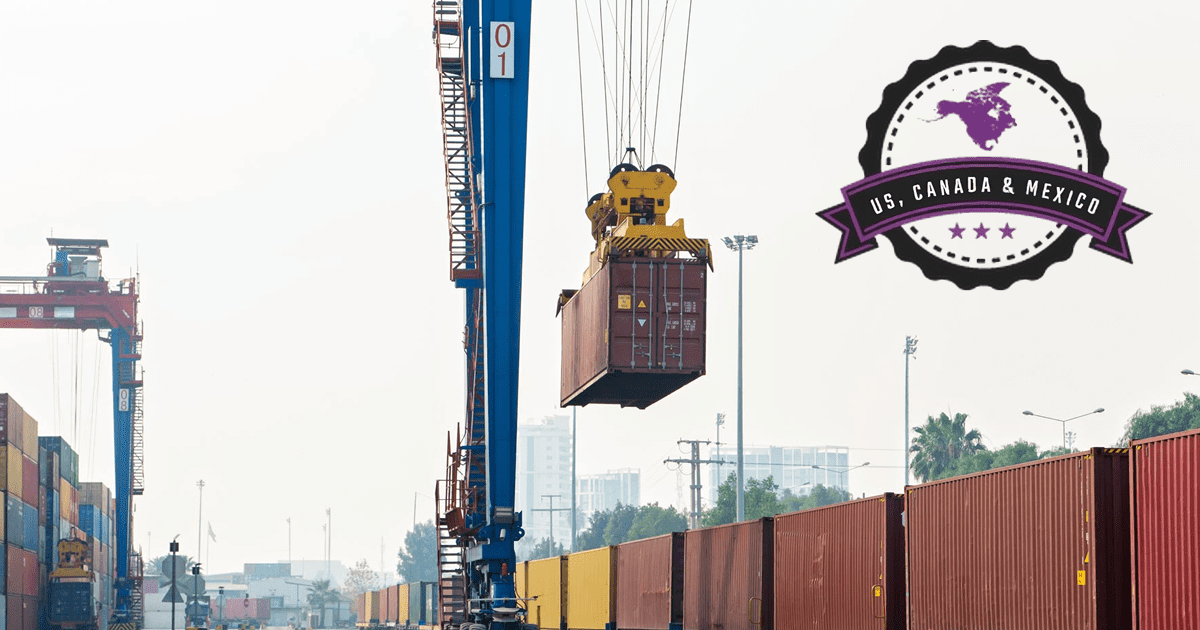My Top 5 Predictions for Cross-Border Mexico Freight in 2024
As the year 2024 unfolds, there is a palpable sense of anticipation surrounding the evolving dynamics of cross-border freight between the United States and Mexico. This sector, critical to the economies of both nations, is poised for significant changes and growth. In this detailed exploration, I present my top five predictions for the cross-border Mexico freight industry, offering insights into the trends and developments we can expect to see.
Firstly, the produce season of 2024 is expected to be more impactful than ever before. Changes in agricultural practices and dynamics are likely to result in significant alterations in freight movements. This shift will be particularly noticeable in the transportation of fresh produce, where the demand for efficient and timely delivery is crucial. The ramifications of these changes will be felt throughout the supply chain, necessitating adaptations in logistics and transportation strategies.
Secondly, the northbound freight market is projected to experience a renewed strain, particularly in the early fourth quarter. This will be primarily influenced by the increasing nearshoring efforts of major brands like Mattel and Lego. As these companies move more of their manufacturing closer to the U.S., the volume of northbound freight will rise, reaching its peak just ahead of the 2024 holiday season. This surge in demand will challenge the existing logistics infrastructure and may lead to a reevaluation of current transportation strategies.
Thirdly, we are on the brink of witnessing a significant expansion in capacity at the U.S.-Mexico border. Carriers are expected to invest in new equipment and resources in anticipation of the forecasted growth in cross-border volume. This increase in capacity is essential to accommodate the expected surge in freight movement and will likely lead to improvements in efficiency and reductions in transit times.
Fourthly, the year 2024 will reveal substantial investments in Mexico by American and Asian companies. These investments, amounting to billions of dollars, will span across various industries including automotive, electronics, semiconductor support, and consumer brands. This influx of capital will not only bolster Mexico’s manufacturing sector but also create a more integrated and robust North American supply chain.
Finally, the establishment of new manufacturing hubs in Mexico is expected to be a significant trend. With existing hubs like Monterrey beginning to experience capacity constraints, companies will look towards other major markets for expansion. Cities like Ramos Arizpe/Saltillo, Tijuana, Mexicali, Juarez, el Bajío, Querétaro, Reynosa, and Matamoros are poised to become key manufacturing centers, offering new opportunities for growth and development in the region.
In conclusion, the year 2024 stands as a pivotal moment for Mexico’s role in North American supply chains. The country is set to experience substantial growth and transformation, driven by changes in agricultural dynamics, increased nearshoring, capacity expansion at the border, significant foreign investments, and the emergence of new manufacturing hubs. This optimistic outlook underscores Mexico’s growing importance in the global economic landscape and its potential to reshape cross-border freight dynamics. As we observe these developments, it is an exciting time to engage in discussions and share insights about the potential growth and challenges that lie ahead for Mexico in 2024.







